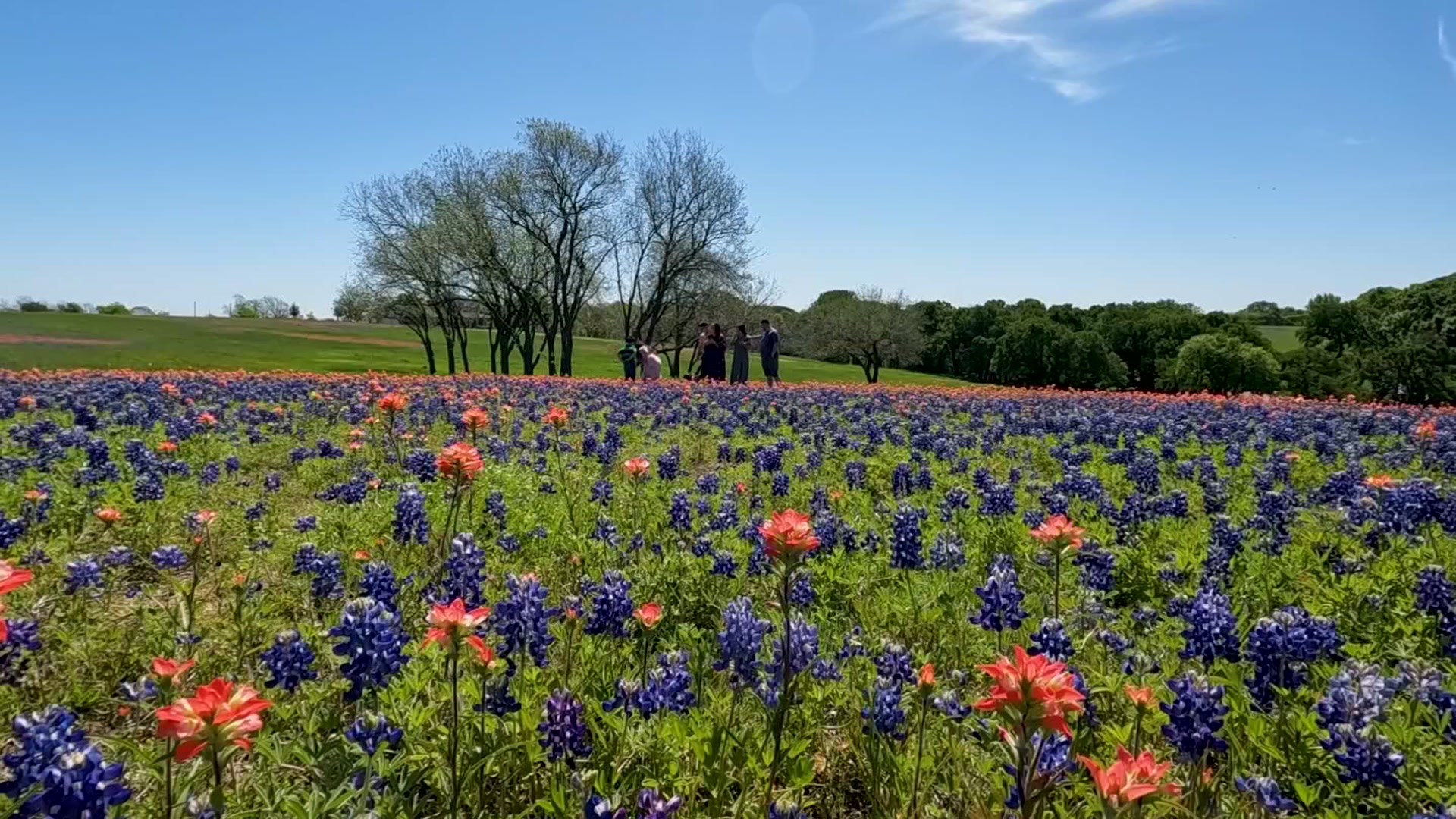
Texas A&M University in College Station will be the home of a new $5 million Detonation Research Test Facility whose goal will be to make the world safer from accidental explosions.
Texas A&M University System Board of Regents approved a construction plan on Feb. 4 "to build what is likely the largest university-based facility of its kind in the world."
In a press release, the university said the centerpiece of the facility 'is a 2-meter diameter, 200-meter-long detonation tube that is made of steel walls at least 3/4-inch thick. It will sit on concrete supports two feet above ground in a secure, isolated and open area near the runways of the former Bryan Air Force Base."
"We're looking at explosions: the physics that cause accidental explosions and how to stop them; or in the case of high-speed engines, how to promote them quickly and control them," Texas A&M Aerospace Engineering Professor, Dr. Elaine Oran said.
Oran will be leading a team to discover more about how flammable gases and other materials can sometimes react to create large scale explosions like the one that occurred in West, Texas in April 2013 and the one that occurred in Beirut, Lebanon in August 2020.
Oran's experience as a senior scientist for reactive flow physics at the U.S. Naval Research Laboratory and as a leader at a smaller-scale detonation facility in Pennsylvania makes her a suitable choice to lead the project in Texas.
We'll make Texas oil, gas and chemical industries, and the entire world safer from accidental explosions," said Texas A&M Chancellor John Sharp.
Texas News
News from around the state of Texas.
The DRTF will be located near two other testing ranges created for the George H.W. Bush Combat Development Center (BCDC) that tests lasers, materials traveling at hypersonic speed, and high-tech combat vehicles.
Texas A&M said the possibilities are endless when it comes to the potential of the DRTF to help the world. They range from preventing horrific mining to predicting the path of wildfires to expanding knowledge of supernovas.
According to Oran, the goal of the DRTF is to "get us to the next level of discovery and information" and 'to solve complex global problems."
Funding for the facility is split 50/50 by grants from the Governor's University Research Initiative, which Gov. Greg Abbott began in 2015, and the Chancellor's Research Initiative, which Chancellor John Sharp began in 2013.



